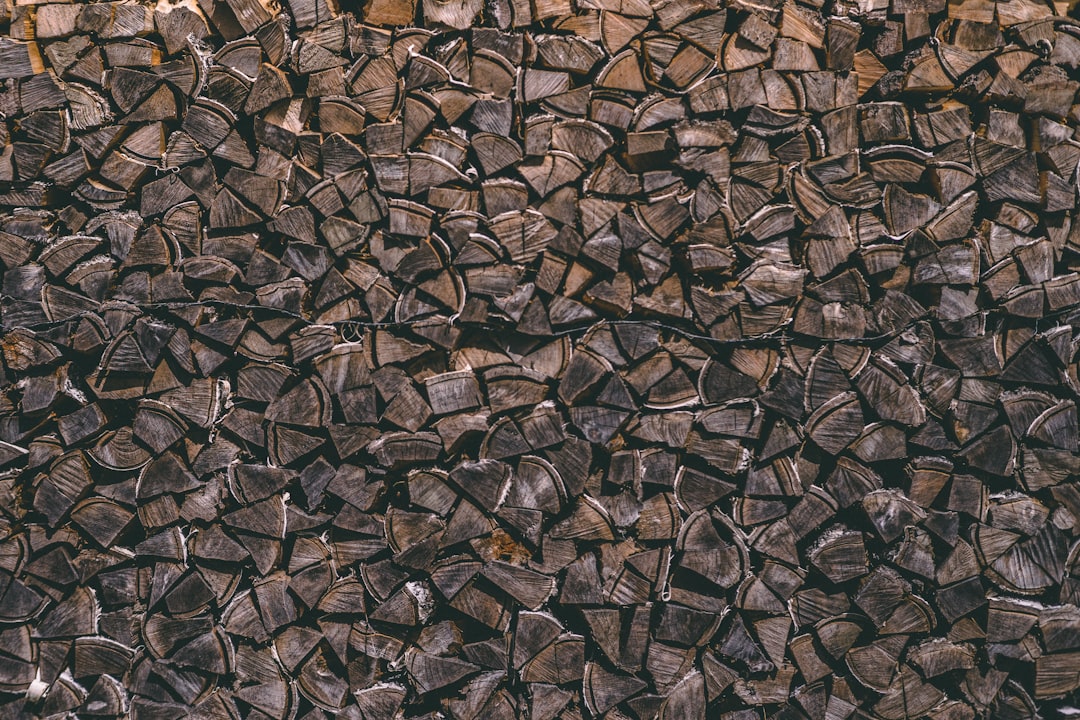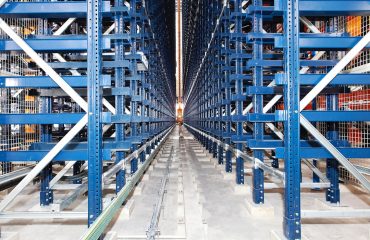Steel, the backbone of modern infrastructure and countless industries, owes its existence to a complex interplay of raw materials. Understanding these sources is crucial to comprehending the steelmaking process, its economic implications, and the environmental considerations involved. This blog post delves into the key ingredients that form the foundation of this vital material.
1. Iron Ore: The Foundation of Steel
Iron ore, the primary raw material in steel production, is a rock or sediment that contains a significant amount of iron oxides. The most common types include hematite (Fe₂O₃), magnetite (Fe₃O₄), and limonite (FeO(OH)·nH₂O). The quality of iron ore is determined by its iron content, the presence of impurities (like silica, alumina, and phosphorus), and its ease of processing. High-grade ores with iron content exceeding 60% are preferred, minimizing the energy and resources needed for purification. Major iron ore producers include Australia, Brazil, China, India, and Russia, with their geographical distribution significantly influencing global steel production patterns and pricing.
Extraction methods vary depending on the ore’s location and type. Open-pit mining is commonly used for surface deposits, while underground mining is employed for deeper reserves. Once extracted, the ore undergoes various processing steps, including crushing, grinding, and beneficiation (concentration) to increase the iron content and remove unwanted impurities before it enters the blast furnace.
2. Coal: The Fueling Force
Coal plays a vital role in steelmaking, primarily as a fuel in the blast furnace. It provides the heat necessary to reduce iron oxides in the iron ore to metallic iron. The quality of coal used is crucial; high-carbon coals are generally preferred for their high calorific value. However, the environmental impact of coal usage is a growing concern, leading to increased research and development into alternative fuel sources and carbon capture technologies within the steel industry.
The type of coal used also affects the steel’s properties. The sulfur content in coal, for instance, can negatively impact the steel’s quality, leading to increased brittleness. Therefore, careful selection and pre-treatment of coal are essential to maintain consistent steel quality and meet environmental regulations.
3. Fluxing Materials: Refining the Process
Fluxing materials are added to the blast furnace to help remove impurities from the iron ore during smelting. Common fluxes include limestone (calcium carbonate) and dolomite (calcium magnesium carbonate). These materials react with silica and other impurities to form slag, a molten waste product that is separated from the molten iron. The composition of the flux is carefully controlled to ensure efficient removal of impurities and to maintain the desired slag properties for optimal furnace operation.
The choice of flux depends on the ore’s composition and the desired slag properties. For instance, the basicity of the slag (the ratio of basic oxides to acidic oxides) is carefully controlled to optimize impurity removal and minimize energy consumption. Proper flux management is critical for efficient and environmentally responsible steel production.
4. Alloying Elements: Tailoring Steel Properties
While iron is the primary component, steel’s remarkable versatility stems from the addition of alloying elements. These elements, added in controlled amounts, significantly alter the steel’s properties, such as strength, hardness, ductility, corrosion resistance, and weldability. Common alloying elements include:
- Manganese (Mn): Improves strength and hardness.
- Chromium (Cr): Enhances corrosion resistance (stainless steel).
- Nickel (Ni): Increases strength and ductility, improves corrosion resistance.
- Molybdenum (Mo): Improves high-temperature strength and hardenability.
- Silicon (Si): Increases strength and improves castability.
- Vanadium (V): Enhances strength and toughness.
The specific alloying elements and their proportions are carefully selected based on the desired properties of the final steel product. This allows for the production of a vast range of steel grades, each tailored for specific applications.
5. Scrap Metal: A Sustainable Resource
Steel scrap, recycled from various sources like demolition debris, manufacturing waste, and end-of-life vehicles, plays an increasingly important role in steel production. Using scrap metal reduces the need for virgin iron ore, significantly lowering energy consumption and greenhouse gas emissions. Scrap steel is typically melted down in electric arc furnaces (EAFs) or added to the blast furnace process.
The quality and type of scrap metal are crucial factors influencing the final steel product. Different grades of scrap are categorized based on their chemical composition and cleanliness. Efficient scrap management, including collection, sorting, and processing, is essential for maximizing its utilization in sustainable steel production. The increased use of scrap metal is a key aspect of the steel industry’s efforts towards greater environmental responsibility.
In conclusion, the production of steel relies on a complex network of raw material sources, each playing a vital role in determining the final product’s properties and the overall environmental footprint of the process. Innovations in sourcing, processing, and recycling are essential for ensuring a sustainable future for the steel industry.
SEO Tags:
- Steel Raw Materials
- Iron Ore Sources
- Steel Production Process
- Alloying Elements in Steel
- Steel Scrap Recycling




